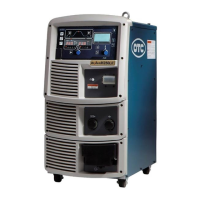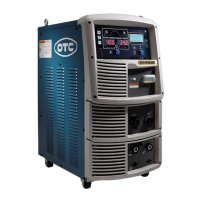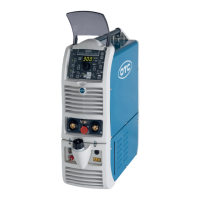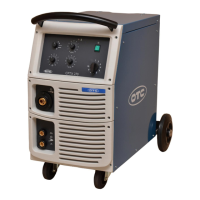What does error E-100 mean on my OTC Welbee M350L II Welding System?
- TTyrone WilliamsSep 12, 2025
If the OTC Welding System displays error code E-100, it indicates an error with the control power. If cables are drawn out of the welding power source, check the cables for any abnormalities such as a short-circuit. The error code will disappear when the power switch is turned off.




